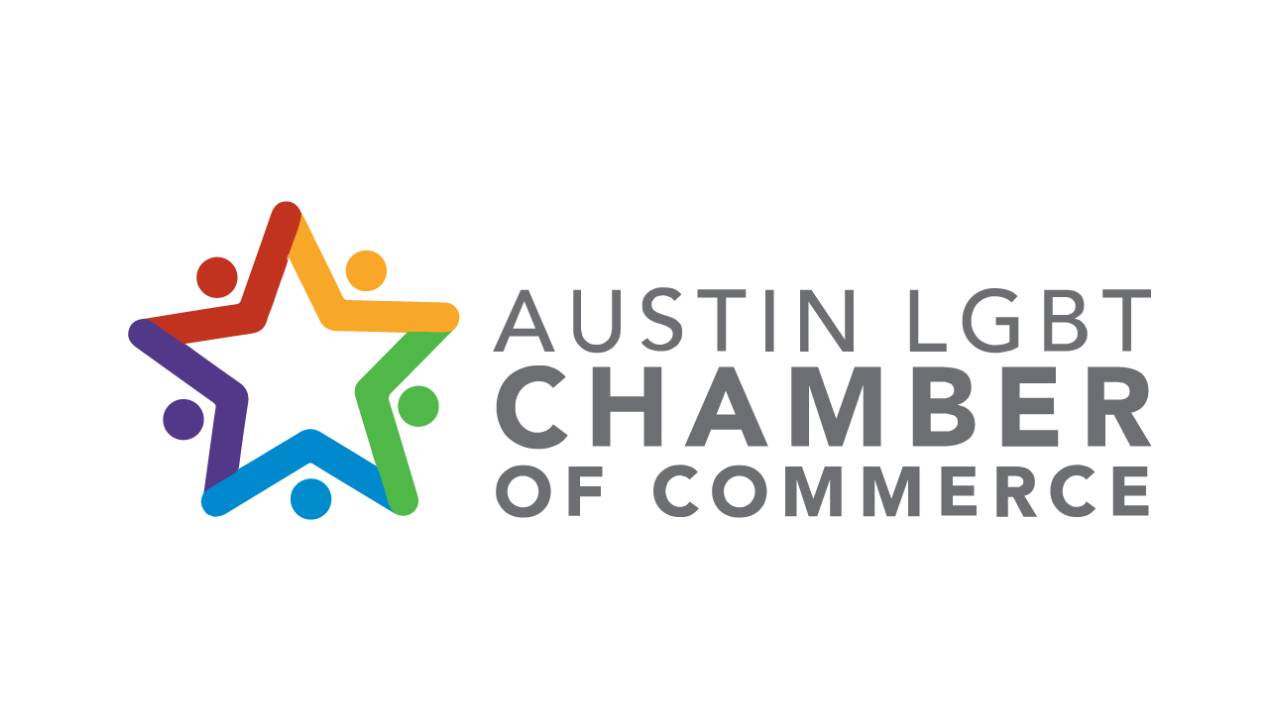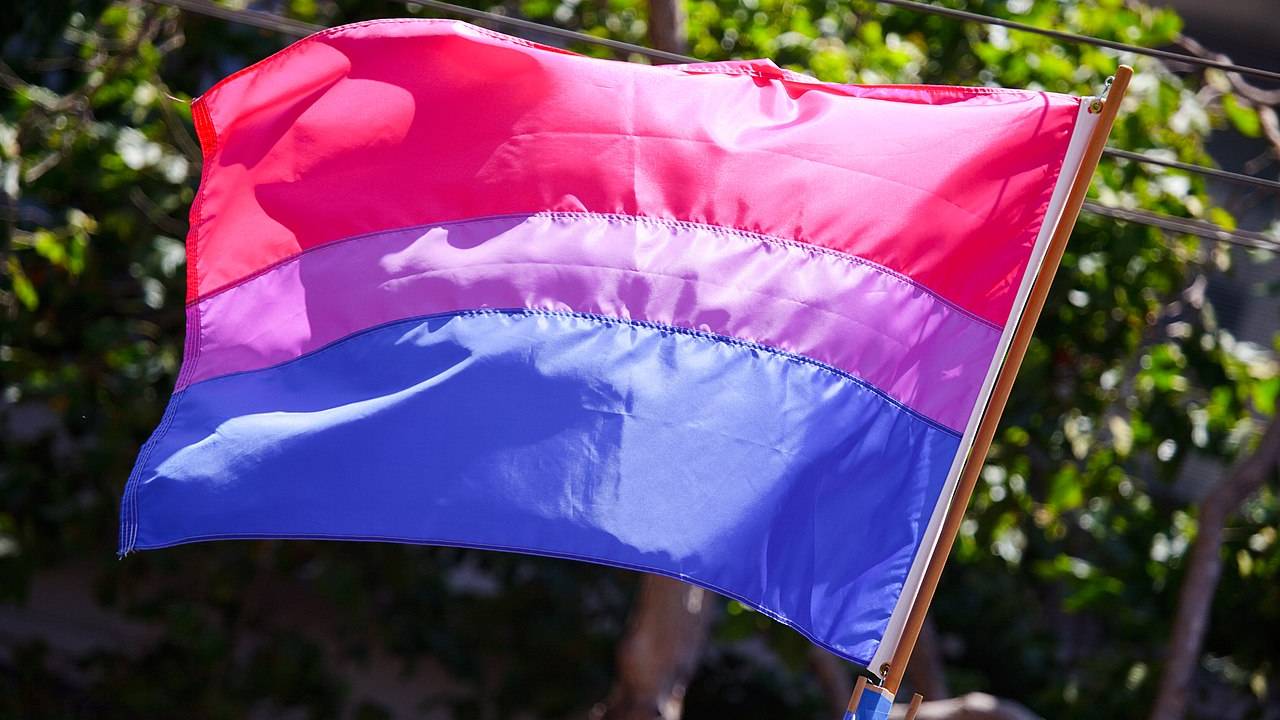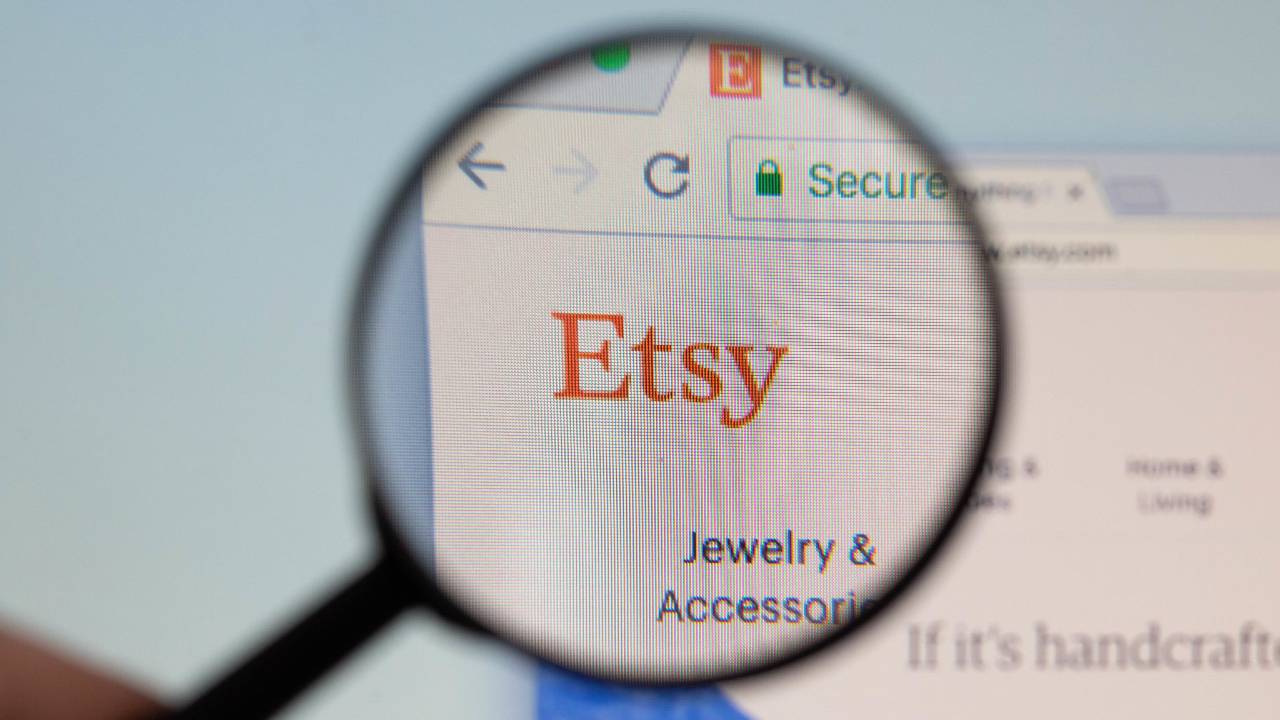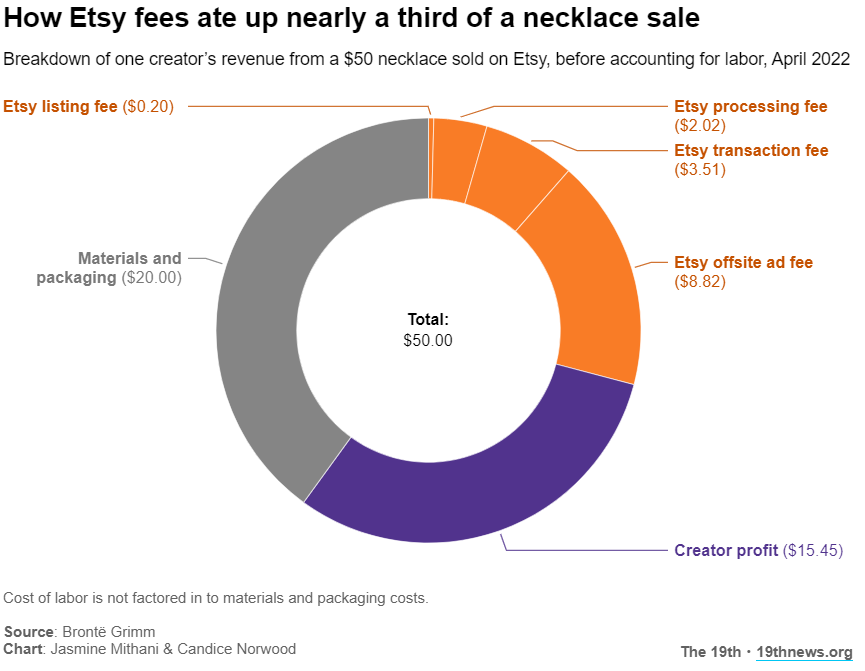Business
Austin LGBT Chamber Hires General Manager

The Austin LGBT Chamber of Commerce has hired Steve Markel for the newly created position of General Manger. Markel joins a growing list of staff members over at the Chamber.
Markel brings with him nearly fifteen years of experience in programming and events, working with both governmental and private industries creating programing and managing multi-functional events.
Tina Cannon, CEO of the Austin LGBT Chamber said “We’re very excited to have Steve on board. His depth of experience, knowledge and management capabilities will complement our growing team and serve our members well.”
Prior to joining the Austin LGBT Chamber of Commerce, Markel was a successful Senior Account Manager with South By Southwest, managing over 85 accounts for the world renowned festival. He also served as head of the SXSW Pride Committee and as a member of their Diversity, Equity, Inclusion, and Communications Committee.
Prior to his time with SXSW, he served as the Chief Marketing Officer for Ed311.

Work
Bisexual employees are less likely to be out at work, but those who are report high levels of discrimination
Cisgender bisexual and gay men often report higher rates of unfair treatment at work compared to lesbian and bisexual women

A new study by the Williams Institute at UCLA School shows that cisgender bisexual employees are less likely to be open about their sexual orientation at work than cisgender gay and lesbian employees. Only about one-third (36%) of cisgender bisexual employees were out to their supervisors, compared to three-quarters (75%) of cisgender gay men and lesbians.
While bisexual employees overall are significantly less likely to report experiencing discrimination and harassment in the workplace than gay and lesbian employees, that difference disappears when looking at the experiences of employees who are open about being LGB at work.
One-quarter (24%) of all cisgender bisexual employees reported experiencing discrimination at work—including being fired or not hired—because of their sexual orientation, compared to 34% of all cisgender gay and lesbian workers. However, when looking at “out” LGB employees, similar proportions of bisexual employees (33%) and gay and lesbian employees (37%) reported experiencing workplace discrimination.
Experiences of discrimination and harassment among out workers differ by gender. Sixty percent of cisgender bisexual men who are out at work experienced verbal, physical, or sexual harassment compared to 38% of out bisexual women and 33% of out lesbians. Out gay men experienced similar levels of harassment as out bisexual men.
Using survey data collected in May 2021 from 935 LGBT adults in the workforce, researchers examined the workplace experiences of cisgender bisexual adults compared to cisgender lesbians and gay men. Workplace experiences of transgender employees were analyzed in a 2021 report.
“The higher rates of concealing their sexual minority identity among bisexual employees may mask the extent to which they experience unfair treatment based on their sexual orientation,” said lead author Christy Mallory, Legal Director at the Williams Institute. “It is vital that policymakers, employers, and researchers take a nuanced approach to understanding and addressing sexual orientation and gender identity discrimination in the workplace to meet the unique needs of these communities.”
Key Findings
Concealing LGB Identity
- One in five (19%) cisgender bisexual employees reported being out to all of their coworkers, compared to half (50%) of cisgender lesbians and gay men.
Discrimination
- Among all cisgender LGB employees, bisexual employees were significantly less likely than gay and lesbian employees to report experiencing discrimination at work including being fired or not hired at some point in their lives (24% v. 34%).
- Among only cisgender LGB employees who were out at work, similar proportions reported experiencing discrimination: 33% of bisexual employees and 37% of gay and lesbian employees reported experiencing workplace discrimination.
- Out gay and bisexual men were more likely to experience employment discrimination than out lesbians and bisexual women: 46% of out bisexual men and 43% of out gay men reported having been fired or not being hired because of their LGB status. In contrast, about one-quarter of out lesbians (25%) and out bisexual women (27%) reported similar experiences.
Harassment
- Among all cisgender LGB employees, 34% of bisexual employees and 42% of gay and lesbian employees reported experiencing at least one type of harassment (verbal, physical, or sexual) in the workplace at some point in their lives.
- Among only cisgender LGB employees who were out at work, 60% of out bisexual men reported one form of harassment (verbal, physical, or sexual), compared to 38% of bisexual women and 33% of out lesbians.
Retention
- Among only cisgender LGB employees who were out at work, 58% of bisexual men and 50% of gay men said they had left a job because of unfair treatment compared to 35% of lesbians and 29% of bisexual women.
Workplace
CEOs Are Hindering LGBTQ+ Equality in the Workplace

This article is republished from The Conversation under a CC BY-ND 4.0 license. Read the original article.
Global acceptance of homosexuality has risen over the past two decades to 72 per cent in 2019 from 51 per cent in 2002. Despite this, a report from last year found that majority of American LGBTQ+ workers have faced job discrimination.
This echoes an earlier report, published by the Canadian Centre for Diversity and Inclusion in 2015, that found many Canadians were uncomfortable disclosing their sexual orientation at work. Just last month, The Canadian Press published an article that found 65 percent of LGBTQ+ employees in Québec have faced discrimination in the past five years.
There is a clear disconnect between the increased tolerance toward LGBTQ+ people in broader society compared to the experience of LGBTQ+ people in the workplace.
As major stakeholders with significant power, corporations have the responsibility to bridge this equality gap and be leaders in making the workplace inclusive and welcoming for their LGBTQ+ employees.
The LGBT Purge
One of the longest, most devastating examples of workplace discrimination in Canada is known as the LGBT Purge. Between the 1950s and mid-1990s, the Canadian government embarked on a purge of LGBTQ+ workers from federal public service and the Canadian Armed Forces.
An estimated 9,000 LGBTQ+ Canadians experienced abuse and violence at the whims of the government that investigated, interrogated and traumatized them.
The LGBT Purge was driven by anticommunist sentiment during the Cold War. Socially stigmatized people, like members of the LGBTQ+ community, were seen as targets for blackmail by the Soviet Union for classified information.
There is no record of any Canadian government employees or members of the Armed Forces turning over evidence to the Soviet Union out of fear their sexual orientation would be exposed.
In 2017, Prime Minister Justin Trudeau apologized for the “state-sponsored, systematic oppression and rejection” of the LGBT Purge. A settlement was reached the following year that included up to $110 million in compensation for survivors of the purge.
The Purge resulted in psychological trauma, material hardship, financial ruin, self-harm and suicide among survivors. The legacy of the Purge, still felt to this day, reminds us that there is still much to be done in the fight for equality.
CEO power and workplace equality
My colleagues and I recently published a research paper investigating if and how chief executive officer’s (CEO) power affects corporate LGBTQ+ equality. To measure corporate LGBTQ+ equality, we used the Corporate Equality Index rating system provided by the Human Rights Campaign.
We decided to study CEO power because CEOs play a key role in investing in corporate LGBTQ+ equality initiatives. They normally set the strategic directions and initiate major decisions in their companies and can influence what initiatives receive funding.
Studies have shown that CEOs improve sustainability because they have higher job security and can focus on long-term initiatives, such as sustainability. A similar argument could be made for LGBTQ+ employee equal rights initiatives. CEOs, who are in the most secure position in their companies, have the ability and flexibility to invest in corporate LGBTQ+ equality.
How power comes into play
Our research found that powerful CEOs discouraged corporate LGBTQ+ equality initiatives. This could be for a number of reasons, including CEOs catering to shareholders who don’t think corporate LGBTQ+ equality initiatives should be invested in, either because it clashes with their beliefs, or they don’t think it’s a worthy investment.
Additionally, we found that powerful CEOs were more likely to discourage corporate LGBTQ+ equality initiatives when corporations lacked external monitoring (lower level of institutional ownership), information transparency (higher tendency to manipulate their earnings) or were headquartered in a state that had a majority religious population.
Surprisingly, CEOs did not suffer any consequences for suppressing LGBTQ+ employee equality initiatives. Instead, some enjoyed better stock market returns and higher long-term firm market values.
But there are greater benefits for investing in LGBTQ+ initiatives. They aren’t just the morally correct thing to do, but can also be good for companies in the long run by improving employee morale, productivity, firm performance and future firm valuation.
It’s time for change
Our findings reinforce previous reports that we have a long way to go in achieving equal rights for LGBTQ+ people, especially in the workplace.
It is clear that corporations will not alter their course unless they are forced to or their bottom line is at stake. It is time for regulators and policy-makers to enact affirmative action regulations to encourage corporations to create equitable and fair workplace environments for their LGBTQ+ employees.
There are a variety of ways this could be accomplished. Activist-investors could motivate their corporations to invest in corporate LGBTQ+ equality initiatives, like they do for environmental causes.
The Canadian Securities Administrators, an umbrella organization of Canada’s provincial and territorial securities regulators, could propose regulations that would require boards of directors to have LGBTQ+ representation, which in turn may influence more LGBTQ+ friendly policies and initiatives by corporations more broadly.
The Conversation is an independent, nonprofit publisher of commentary and analysis, authored by academics and edited by journalists for the general public.
Business
LGBTQ+ artists and those with disabilities see Etsy as a lifeline – that’s why they’re on strike

This story was originally published by The 19th
 For Brontë Grimm, Etsy was supposed to be a reprieve from the pandemic’s economic toll. Like so many others, Grimm, an artist based in Portland, Oregon, hit a financial low point in 2020. Being immunocompromised and a person with disabilities, they could no longer do photography or create paintings that involved working with models in person. Their girlfriend could not find a job either, and the couple found themselves on the brink of eviction.
For Brontë Grimm, Etsy was supposed to be a reprieve from the pandemic’s economic toll. Like so many others, Grimm, an artist based in Portland, Oregon, hit a financial low point in 2020. Being immunocompromised and a person with disabilities, they could no longer do photography or create paintings that involved working with models in person. Their girlfriend could not find a job either, and the couple found themselves on the brink of eviction.
Grimm turned to Etsy. They had used the creator-focused e-commerce site to sell jewelry in 2010 and decided to set up a new shop selling their Victorian-style jewelry designs in January 2021. This time around, however, Grimm noticed Etsy charged creators more in fees for each item they listed and sold.
When Etsy set another fee increase for this month, it became too much for Grimm.
“They want us to act like a warehouse, because they make money that way,” Grimm, 35, told The 19th. “They are basically expecting marginalized people and expecting small creators to behave like corporations.”
This week Grimm joined more than 17,000 frustrated Etsy sellers to strike in protest of policies they argue have strayed from the company’s mission to make entrepreneurship more accessible. The company’s incentives for fast shipping and customer response rates also lead to less promotion for the platform’s smaller shops, the sellers said. The protesting sellers put their shops in “vacation mode” beginning on Monday through April 18.
Seven LGBTQ+ Etsy sellers, three of whom are people with disabilities, told The 19th that increasing fees and pressure from the company leave them questioning whether they can continue to maintain their shops. Women make up 79 percent of the site’s U.S. sellers, according to a company report, and LGBTQ+ people make up 14 percent, which is about double the national population estimates. The report does not list information for people with disabilities.
Many of Etsy’s sellers live at the intersection of multiple marginalized identities. For queer and disabled people like Grimm, who face disproportionate financial hardship and discrimination in formal work settings, Etsy’s mission of lowering barriers to start a business was especially appealing. The site has built-in name recognition and trust among customers that sellers saw as a benefit to joining the platform. Economic data is limited, but queer people, particularly those of color, report higher levels of unemployment, working multiple jobs and self employment compared to non-LGBTQ+ people. Adults with disabilities experience poverty at more than twice the rate as those without, according to the National Disability Institute.
Etsy’s latest fee increase was announced in February, raising the amount sellers pay for each transaction from 5 percent of their sales to 6.5 percent, effective Monday. In addition to transaction fees, sellers could be responsible for a host of other charges, such as listing fees, processing fees and advertising fees, which can all add up to as much as 20 percent of their revenue, sellers said. Etsy’s off-site advertising fees are dependent on a particular shop’s total sales over the past year. Such fees do not factor in additional costs of materials and labor. A petition that has received more than 51,000 signatures outlines five demands, one of which takes aim at the fees.
“It’s very confusing, because there’s so many fees,” said Sydney Sky Griffin, 25, a strike participant who has run an Etsy shop selling skincare products for the past year. “It would take me so long to try to understand and untangle where the money was going and how much they were charging and why they were charging it.”

Those small individual charges on Etsy sales can add up quickly. This month, Grimm sold a necklace for $50 just as the new transaction fee was being implemented. After taking out fees plus the cost of materials and production, they made $15.45 in profits, working out to an hourly pay of $3.86 for their labor. Many Etsy sellers live paycheck to paycheck, and every dollar matters for meeting their basic needs. Grimm’s girlfriend ultimately found a full-time job during the pandemic, but it does not pay a livable wage, they said. The Etsy money helps with buying groceries and toiletries.
Five of the seven LGBTQ+ Etsy sellers The 19th interviewed said they count on profits from Etsy as either all or a majority of their income. Four of the five who rely on Etsy income full time make less than $10,000 from the sales. Three of the five have disabilities and noted having limited options for steady income outside of their Etsy shops, particularly during the pandemic, which has been harder for immunocompromised people who face a higher threat from the coronavirus.
“Being disabled, our Etsy shop is our entire source of income,” said Amy Williams, 22, who created a shop on Etsy with their partner in March 2021. “We are lucky to have some help from our parents in regards to basic necessities, but it’s near impossible to save up money that we will need to survive in the future because of all of Etsy’s fees.”
Profits for sellers can be reduced in other ways. In 2019, Etsy CEO Josh Silverman sent a memo to sellers announcing the company would prioritize items and shops that offer free shipping. Silverman encouraged the sellers to adjust their prices to account for shipping.
But for many sellers, raising their prices is not feasible. There is only so much buyers are willing to pay, particularly in an e-commerce market dominated by Amazon. And many Etsy sellers “see themselves as serving their community, or as being different than a big business,” said Samantha Close, an assistant professor of communications with DePaul University who researches digital creative platforms like Etsy. Therefore, they find it unethical to elevate prices to cover shipping, Close added.
“I don’t want to just charge hefty prices for things to the point that people can’t have them,” Griffin said. “The community I’m in, most of the people are usually poor and don’t have a lot of work. It starts to get frustrating when it feels like I’m cheating my customers.”
Another point of contention is Etsy’s “Star Seller” program, meant to “reward Etsy sellers who consistently provide an excellent customer experience,” according to the company website. The Star Seller badge signals to customers that a particular seller is reliable. That means sellers must have a 95 percent response rate to messages within 24 hours, have 95 percent of their orders shipped “on time,” have 95 percent of their sales receive 5-star reviews and meet a minimum of 10 orders and $300 in sales within a three month review period.
But sellers said the program deprioritizes small creators who often produce items alone or with a small group. It is also not sustainable for many disabled or neurodivergent sellers either, said Juniper Harwood, 26, who has been operating a shop since October 2020.
Harwood and other sellers said they receive minimal response from the company when they face challenges. In October 2021, Etsy sent an email saying that 75 percent of Harwood’s earnings would be put on hold. Harwood tried unsuccessfully to get a response from the company to learn more about the reasoning behind the hold and how long it would last.
Months later, when Etsy sent another email that the earnings hold would be lifted, “I sunk to my kitchen floor and sobbed,” Harwood said. “It was scary and humiliating to have Etsy control my entire livelihood, for months, and throughout the entire holiday season no less.”
In response to the strike, Etsy said in an emailed statement that the fee increase would help the company “increase our investments in areas outlined in the petition, including marketing, customer support, and removing listings that don’t meet our policies.”
The Etsy strike raises questions about the business model for e-commerce industries more broadly, particularly those that rely on labor from women and queer people, Close said.
LGBTQ+ people “can’t take their shops elsewhere as easily,” Close said, and they may have fewer financial alternatives to seek out for support.
The LBGTQ+ sellers who spoke with The 19th said they want the company to recognize all of these factors that affect them, and to implement practices that support the communities company leaders say they want to uplift. Participating in the strike this week came with sacrifices: missed grocery money, or, in Grimm’s case, missed money to buy their medications. But sellers said they recognize the potential in Etsy to serve underrepresented groups in business, and they see the strike as an opportunity to raise awareness about an important issue.
“I think Etsy is in a really unique position, and they have a fantastic opportunity here to set themselves aside from giants like Amazon,” Harwood said. “I think this is a make-or-break moment for Etsy, and I hope they listen to the people who have made their platform what it is today: their sellers. Us.”
The 19th is an independent, nonprofit newsroom reporting at the intersection of gender, politics and policy.


